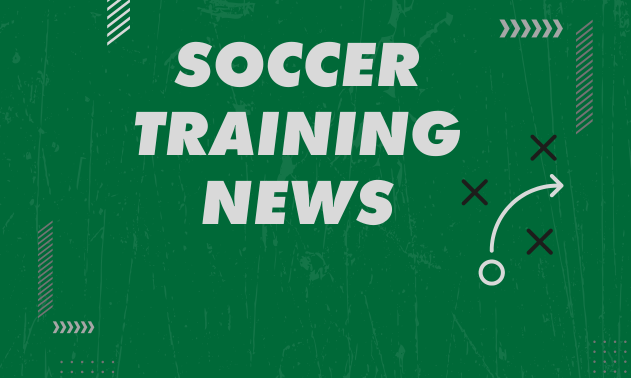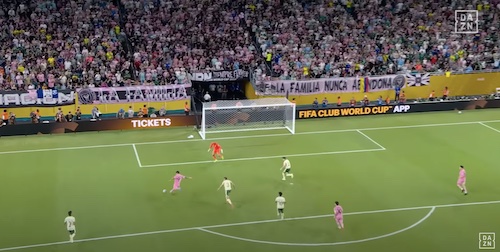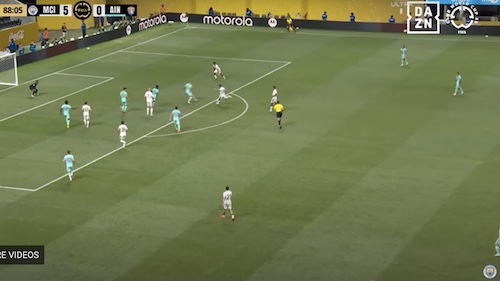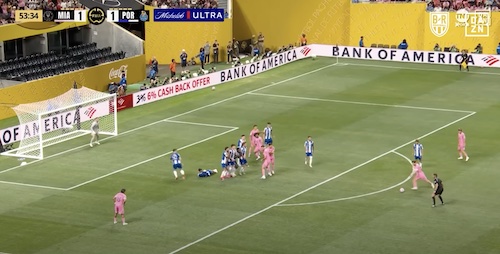|
Commissioner Loftin stated that the league website as well as all team websites will be well-updated and improved, as already evidenced by the initial release of the website. There will also be an online fantasy game that fans can play to further feel involved in the league. However, arguably the most important announcement of the press conference was that all games will be streamed live online. Aside from the weekly game on Fox Soccer Channel (which was poorly produced, and only existed for this past season), there was no way to watch games on television. The average person, even the average soccer fan, did not know what the MISL was. Now, online streaming allows fans to follow their teams and the league on a day-to-day basis. From December 1 through the end of March, fans will be able to watch each team play 20 games online and truly get a grasp for the team and players that they support. This will ultimately lead to a more informed and interested fan base, and one that the XSL hopes is much larger in size than the one supporting the MISL. Just like the XSL, the NISL will stick to the same rules as the old MISL, essentially proving that the disputes between owners of the two leagues are strictly confined to how things are run off the field, not on. Both leagues will feature the usual four quarters running at 15 minutes each, and both will still utilize the multi-point scoring system. Interestingly enough, the NISL has decided to operate without team salary caps. This aspect might lead many to think the league is doomed, yet, at the same time, it will be affiliated with both the United Soccer Leagues and the United States Soccer Federation, two major players in the game. One potential major monetary problem for the National Indoor Soccer League is the travel cost to play almost any game. Quite frankly, the league is much too spread out, and in a struggling economy where travel prices are continuing to rise, it is a far-reaching thought to imagine that travel is not a factor. With only five teams in the league, Orlando, Baltimore, Monterrey, Philadelphia, and Rockford will be doing a lot of traveling. Monterrey and Orlando are particular outsiders, and will surely have some steep travel expenses. Try looking up how much even the cheapest cross-country flight costs, and imagine a full roster of 20 some players making that trip multiple times per season. Until (and if) expansion happens, travel costs will be steep, and there are no natural or geographical rivals. While the XSL currently resembles a regional Northeastern league, there are still natural geographical rivals, including one of the storied rivalries between Chicago and Milwaukee. As (and again, if) expansion comes, the XSL has the potential to slowly expand outward while still staying within a small region of the country. Therefore, they could still keep travel costs at a minimum. Of course PASL-Pro is still in this picture and should not be completely ignored. While the PASL-Pro division (not to be confused with the amateur, Premier division) does have the most respectable amount of teams (four and five teams in a league do not really shout major league) as well as the most spread out national footprint, there still seems to be something lacking in the professionalism of the league. Granted, it is still in its infancy, just as the XSL and NISL are. However, the PASL-Pro website offers very little information, and until teams are playing in real arenas such as the Prudential Center or the 1st Mariner Bank Arena, it will be tough to include the league as one of the top two indoor leagues in the country. A lot still needs to be worked out in the coming months and years. Right now executives in every league have a lot to offer, but the true key will be if they can deliver. Both leagues have some financially-sound owners to help ease the financial burdens (New Jersey with Jeff Vanderbeek, Baltimore with Ed Hale). Solely based on what is currently known, the Xtreme Soccer League seems to have the best blueprint for success. Of course this is a debate that can go anyway, and only time will tell which league will prevail. However, the XSL is by far the most interested in getting the fans fully involved and interacting with players and teams, which is something that was always truly lacking from the indoor game. The two most intriguing announcements to come of these leagues were that the XSL will broadcast every game live online, and that the NISL will be affiliated with the USL and USSF. While this great affiliation may help the NISL stay afloat for an extended amount of time, a geographically spread out league with no salary cap seems to be begging for failure. In contrast, the XSL is keeping travel costs at a minimum through basically a regional league, and engaging the fan to an absolute maximum. History shows that eventually, one league will prove to be superior and prevail above the rest. This may take several years or even decades to figure out, and while that is tough on the indoor soccer fan, it is something necessary in order to find out what the best model truly is. Personally, I would bet on the fan friendly, more regionally located XSL to be that league. Jeff Kassouf is a staff writer for The New Paltz Times and a freelance writer who covers soccer, and can be reached at: jeffkassouf@yahoo.com |
Indoor Leagues Divide, Explore Different Directions Part II















